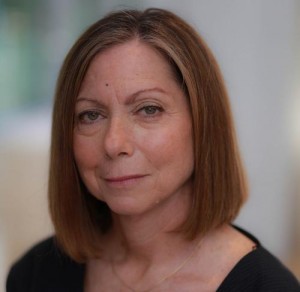 Jill Abramson, executive editor of the New York Times, recently said “The idea that women journalists bring a different taste in stories or sensibility isn’t true.”
Jill Abramson, executive editor of the New York Times, recently said “The idea that women journalists bring a different taste in stories or sensibility isn’t true.”
Really?
These are surprising remarks from the first woman to be placed at the top of the Times masthead. Still, we sympathize with her fantasy that gender doesn’t matter in journalism, and Ken Auletta’s story last year in the New Yorker offers a hint why Abramson would maintain this narrow-minded view. He reports:
When Eileen Shanahan, who went on to become a well-respected economics reporter, arrived for an interview with Clifton Daniel, the assistant managing editor, in 1962, she hid her desire to become an editor. “All I ever want is to be a reporter on the best newspaper in the world,” she told him.
“That’s good,” Daniel responded, as Shanahan told the story, “because I can assure you no woman will ever be an editor at the New York Times.”
You see, @JillAbramson is in a tough spot. She aligns her worldview with that of past senior editors, perhaps to show that as the Times‘ most powerful woman executive ever, she won’t subvert the patriarchy. If she were more frank about the gravity of being the Gray Lady’s first female executive editor, she’d likely pay a tall price. She’d:
- be attacked by her colleagues
- need to defend herself
- feel seduced away from her formal task of leading the newsroom, and ultimately
- waste her energy and be de-authorized in her role.
An experience none of her predecessors faced on account of their gender.
And in being so politic, she misses the truth. What truth?
